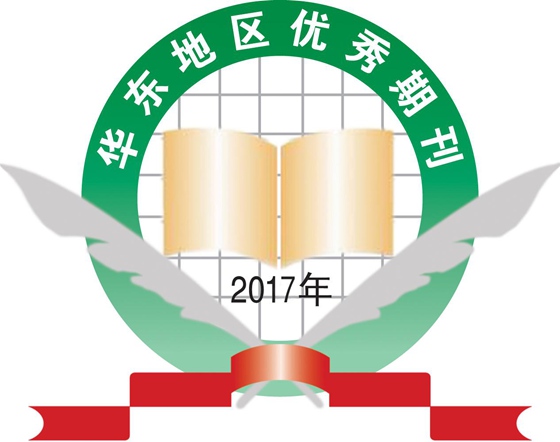Objective
The leaves of Parquetina nigrescens have been claimed in folk medicine to be useful for managing sexual dysfunction, but there is inadequate scientific evidence for this claim. This investigation was conducted to assess the effects of aqueous leaf extract of Parquetina nigrescens (AEPN) in rats induced with sexual dysfunction.
Methods
Male rats were allocated into various groups after being induced into sexual dysfunction with paroxetine hydrochloride. The groups were treated with distilled water, PowMaxM (reference drug), and the AEPN at 20, 40 and 80 mg/kg body weight (BW) respectively for 7 d. Frequencies of mount (MF), intromission (IF), ejaculation (EF), as well as latencies of mount (ML), intromission (IL) and post - ejaculatory interval (PEI) were progressively monitored with receptive female rats on days 1, 3 and 7. The precentage of mounted, intromitted, and ejaculated rats, intromission ratio (IR), copulatory efficiency (CE) and intercopulatory interval (ICI) were also computed. Standard methods were employed to determine the levels of serum luteinizing and follicle stimulating hormones (LH and FSH), testosterone, nitric oxide (NO) and the activity of phosphodiesterase V (PDE5).
Results
The plant contained alkaloids, saponins, flavonoids, cardiac glycosides, steroids, tannins, phlobatannins, cardenolides, phenolics, anthraquinones and triterpenes with alkaloids (2.32 mg/g) occurring in greatest quantity while flavonoids, anthraquinones and cardenolides (0.01 mg/g, each) were the least. All the 20 standard amino acids were detected in the plant leaf, with the lowest concentration being 0.30 mg/g for methionine and the highest being 2.12 mg/g for cysteine. Furthermore, P. nigrescens leaves contained Na, K, Fe, Mg, Zn, Ca, Cu, Mn, P, Pb, Cd, Ni, Cr, and Co, with Fe present in the highest and Co the lowest concentrations. Paroxetine significantly (P < 0.05) reduced MF, IF, EF, percentage mounted, intromitted, ejaculated, IR, CE, serum testosterone, LH, FSH and NO, while ML, IL, PEI, IF and PDE5 were significantly (P < 0.05) increased and/or prolonged. The AEPN significantly reversed these paroxetine-treatment-related alterations with most profound activity at the highest dose of 80 mg/kg BW, similar to that of the PowMaxM-treated animals.
Conclusion
The AEPN restored both the physical and biochemical indices of male sexual activity/competence via changes in reproductive hormones, NO and PDE5 activity. The pro-sexual activity, attributed to a myriad of mineral, amino acid and secondary metabolite constituents, was best at 80 mg/kg BW of AEPN.
 Table of Content
Table of Content














